The Cuban-born violinist feels a rapport with the opulence of Chausson’s Poème – particularly with the revisions by its dedicatee, Eugène Ysaÿe
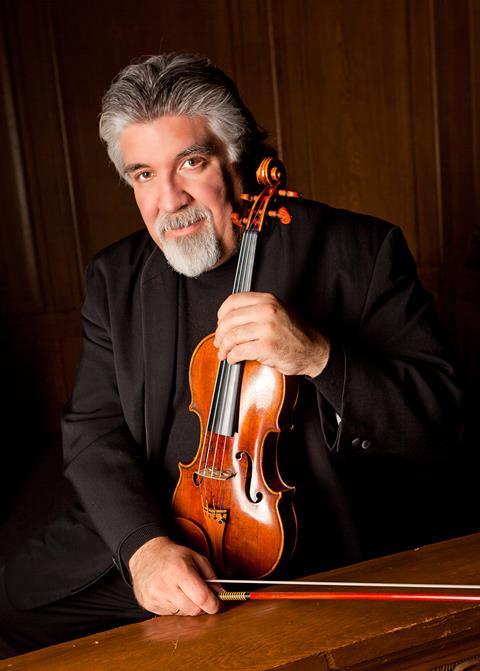
Discover more Featured Stories like this in The Strad Playing Hub.
Read more premium content for subscribers here
I first started learning Chausson’s Poème when I was nine years old. I’d heard the Heifetz recording and I immediately fell in love with the piece; I felt as though it spoke to me, and I’m naturally drawn to the romantic style of playing it requires. I’ve played it many times in my career and I have to separate it from myself when I’m on stage, because there’s a danger of smothering it with emotion. I have to remind myself not to get too involved.
Chausson wrote the Poème in 1896 and to me it embodies the thick and opulent French romantic writing he was so well known for. At the time, Paris was being redesigned, the boulevards became wider and grander, and there was a tremendous sense of French culture; Chausson was friends with Fauré and Debussy, and of course Eugène Ysaÿe, for whom he wrote the Poème. Ysaÿe is part of my direct lineage, in that he taught Josef Gingold who was my tutor at the Indiana University Jacobs School of Music. Although I’d been playing the Poème in high school, I never really progressed with it until I began studying with Mr Gingold; he was able to bring to light so many intricate details, particularly around the revisions that Ysaÿe made.
For instance, the original version has some awkward jumps from the G to the E string, which weren’t written conveniently for the instrument. Ysaÿe solved these issues with some ingenious chords to achieve some connection in the upper tessitura. He also realised some of the passagework wouldn’t be heard against the rich orchestration, so he rewrote several passages in the higher register, with doublestops and octaves that would cut through better. And at the climax of the piece Chausson had an isolated fast passage that goes quite high on the instrument.

Ysaÿe made it a linear octave passage in the high register, where ingeniously he incorporates the main theme within these fingered octaves, over what was already written. Nowadays most people perform the original version, but I prefer to use Ysaÿe’s revisions as they’re extremely effective, elegant and beautiful. It always amazes me that Ysaÿe never studied composition, yet he found such violinistic, idiomatic solutions using the same harmonic structure as the original. And I think the fact that he wrote nine musical poems of his own throughout his life shows how inspirational he found this piece. Mr Gingold once showed me a letter he received from Joseph Szigeti which says, ‘Dear Joe, I wonder if you happen to know if Ysaÿe had a hand in writing the opening of the Poème?’ Obviously the opening is indicative of Ysaÿe’s own style; it’s played in a linear, horizontal way, full of long lines and with a thick, gorgeous vibrato. Chausson knew Ysaÿe’s style, of course, and wrote it with him in mind. We can certainly all recognise the uniqueness of the work and the artist it was written for.
Possibly the first thing Mr Gingold told me about studying the piece was that you have to know where it came from and how it evolved. Chausson’s life was full of turmoil; he came from a rich family and studied law in order to please his father, who thought there was no future in music. He came late to composition although he studied with Massenet and Franck. So throughout his life he had a lot of angst, which can come across in the Poème. It’s only once you’ve learnt about the composer that you should start learning the notes. I’d also advise students to practise long tones and minute-long bows, three or four times a day until you can really control the bow. Then you can give these lines the elegance and shapeliness they truly deserve.
INTERVIEW BY CHRISTIAN LLOYD
Read: Masterclass: Violinist Vadim Repin on Chausson’s Poème
Read: Ysaÿe’s Poème concertant: shining a light on a long-forgotten piece
Discover more Featured Stories like this in The Strad Playing Hub.
Read more premium content for subscribers here
The number one source for playing and teaching books, guides, CDs, calendars and back issues of the magazine.
In The Best of Technique you’ll discover the top playing tips of the world’s leading string players and teachers. It’s packed full of exercises for students, plus examples from the standard repertoire to show you how to integrate the technique into your playing.
The Strad’s Masterclass series brings together the finest string players with some of the greatest string works ever written. Always one of our most popular sections, Masterclass has been an invaluable aid to aspiring soloists, chamber musicians and string teachers since the 1990s.
American collector David L. Fulton amassed one of the 20th century’s finest collections of stringed instruments. This year’s calendar pays tribute to some of these priceless treasures, including Yehudi Menuhin’s celebrated ‘Lord Wilton’ Guarneri, the Carlo Bergonzi once played by Fritz Kreisler, and four instruments by Antonio Stradivari.

![[2] Echo Theory pc Lukas Breuer - Copy](https://dnan0fzjxntrj.cloudfront.net/Pictures/274x183/2/5/7/38257_2echotheorypclukasbreuercopy_270148.jpg)

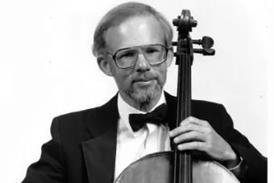



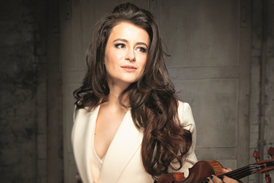



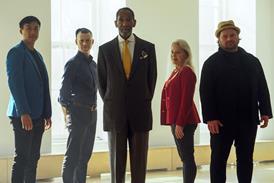
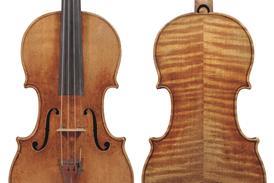
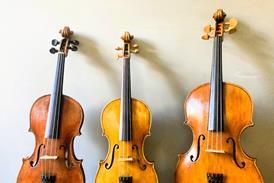
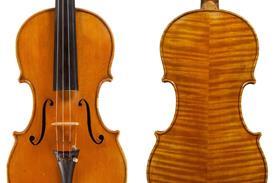
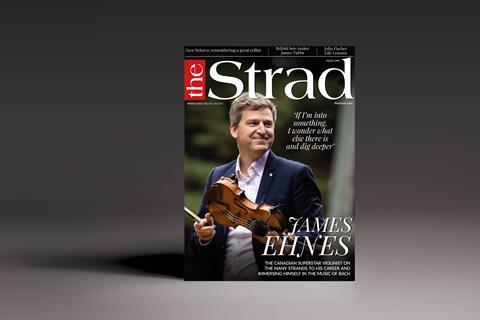




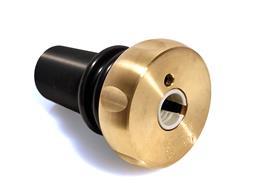
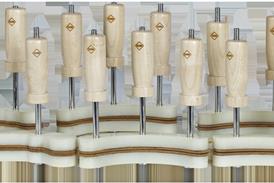
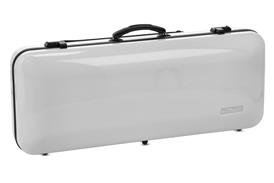















No comments yet